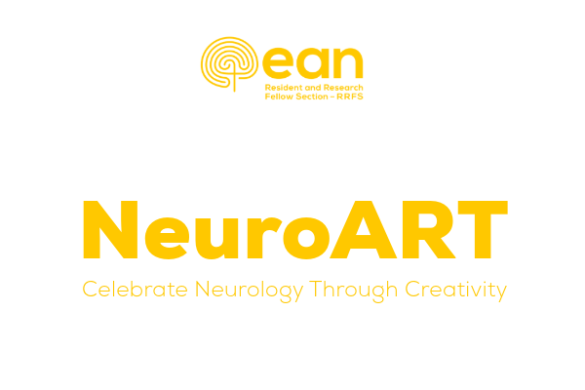by Isabella Colonna
For August we selected: Maynard G, Kannan R, Liu J, Wang W, Lam TKT, Wang X, Adamson C, Hackett C, Schwab JM, Liu C, Leslie DP, Chen D, Marino R, Zafonte R, Flanders A, Block G, Smith E, Strittmatter SM. Soluble Nogo-Receptor-Fc decoy (AXER-204) in patients with chronic cervical spinal cord injury in the USA: a first-in-human and randomised clinical trial. Lancet Neurol. 2023 Aug;22(8):672-684. doi: 10.1016/S1474-4422(23)00215-6. PMID: 37479373; PMCID: PMC10410101.
Spinal cord injury (SCI) is responsible for persistent neurological deficits, mostly due to the disconnection between surviving neurons; thus, interventions aimed at promoting axonal growth may enhance recovery in patients with chronic SCI.
Non-clinical studies found that three oligodendrocyte-derived proteins (Nogo -Rtn4A, MAG, and Omgp-OMG) may inhibit axon growth, by acting via a receptor (NgR1) associated with the neuronal membrane. This work presents the results of a randomised trial which aimed to assess the safety and the pharmacokinetics of AXER-204, a soluble decoy fragment of NgR1 able to block the action of these three inhibitors of the axonal growth in individuals with chronic (>1 year) traumatic cervical SCI.
In the first part of the study, 24 participants with chronic spinal cord injury received intrathecal AXER-204 at doses of 3mg, 30mg, 90mg or 200mg. In the second part, patients were randomly assigned to receive up to six doses of AXER-204 at 200mg over 104 days (14 patients) or a placebo (13 patients). The incidence of treatment-associated adverse events (AEs) was similar in both groups; headache was the most frequent AE. Serious AEs occurred in four and in two individuals receiving the study drug and the placebo, respectively. However, no AE led to the discontinuation of the study. Pharmacokinetic assessment showed that the concentration of AXER-204 shown to be efficacious in animal studies was reached in the cerebral spinal fluid with minimal systemic exposure and no accumulation after repeat dosing.
Although no significant difference between groups was observed for the efficacy outcome measures, a post-hoc subgroup analysis revealed that treatment with AXER-204, but not placebo, was associated with improved motor function in patients with incomplete SCI.
In conclusion, the results of this randomised clinical trial showed that intrathecal treatment with AXER-204 was safe and tolerated; moreover, post-hoc analyses suggested that AXER-204 might be efficacious in patients with incomplete SCI. Thus, this study supports future trials with AXER-204 in individuals with incomplete SCI, as well as for other indications.












